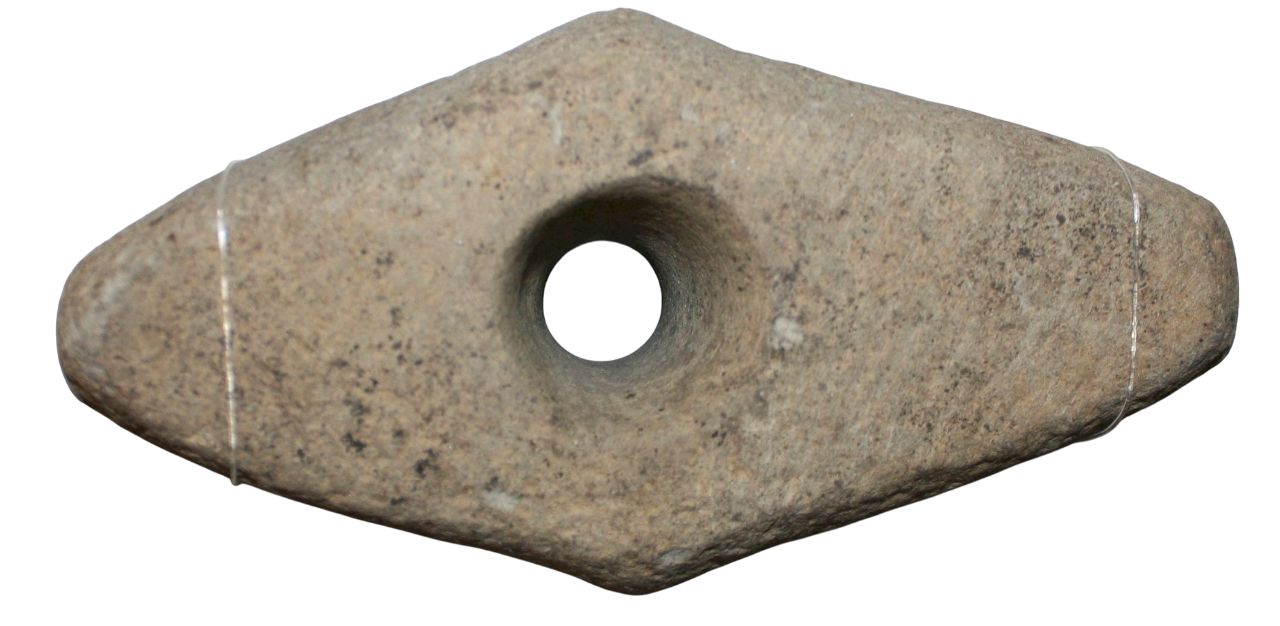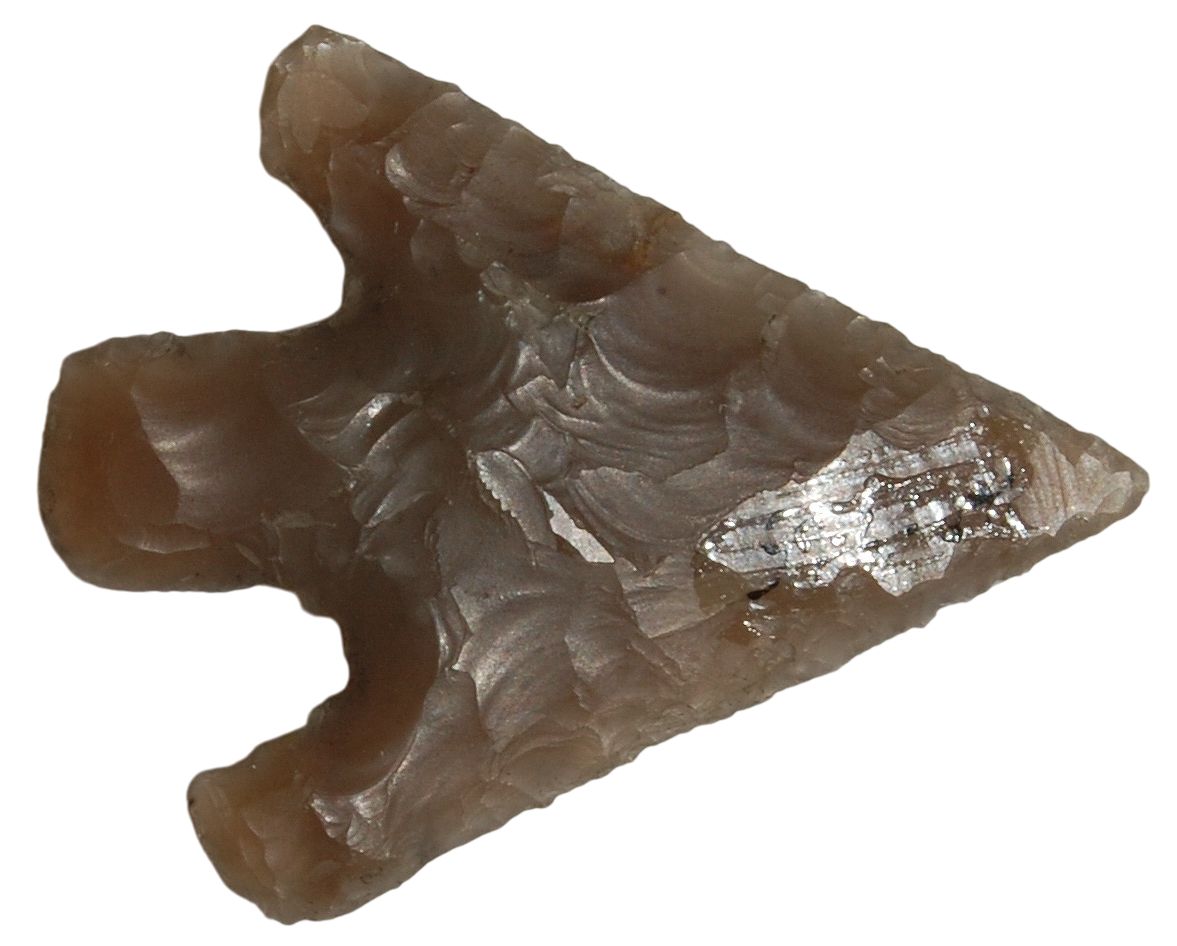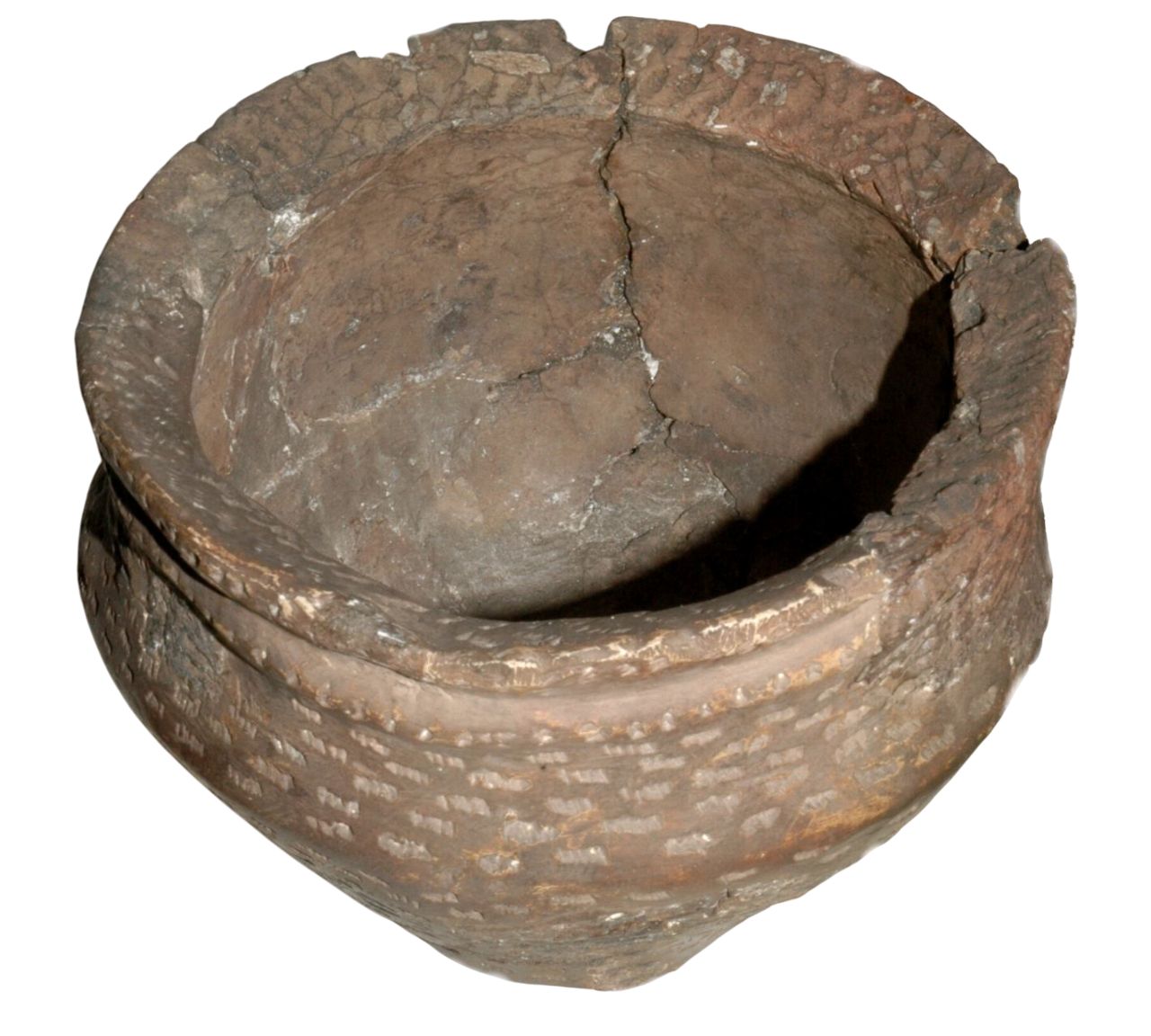By around 1500 BCE, a new material was changing life in Britain — bronze. Made by mixing copper and tin, bronze was stronger and more durable than stone. People still used some stone tools during this time, but bronze quickly became the preferred material for tools, weapons, and ornaments.
Kirklees and the Huddersfield area have revealed several exciting Bronze Age finds that help us understand what life might have looked like locally during this important period.
Metal Tools and Weapons
The Bronze Age introduced new tool designs, including socketed axes which were bronze axes with hollow sockets which allowed wooden handles to be securely attached. These were stronger and used less metal than earlier flat axes. They also used bronze for spearheads; bronze spears were lighter and more effective than stone weapons.
“The Thurstonland Battle-Axe is a perfectly symmetrical, well balanced weapon exhibiting a high degree of technological ability on the part of the manufacturer. Its distinctive outline, in plan, the expanded ‘blade’ and gently rounded butt, seen in profile, and excellent surface finish...”. From ‘A Beaker Battle-axe From Thurstonland, Near Huddersfield, And Its Relative Date’ (1981) by Gilks, J. A.
Pottery and Everyday Life
Pottery became widespread in the Bronze Age. People used it for storing, cooking, and carrying water, and it was also an important part of burial practices, often placed in graves as part of rituals.
In 1848, two Bronze Age urns were discovered at Tower Hill, Warley, filled with cremated human remains. These pots are thought to date from around 1500 BCE, linking them to the early Bronze Age and possibly to descendants of Neolithic farming communities.
“The curiosity of the labourers was excited, and the relic was removed. It was found to contain bones and ashes which the people, ever prone to the marvellous, held to be the remains of a child which had been destroyed by foul means and there buried. This opinion was noised abroad, and the true nature of the interment explained. We examined a fragment of this relic: it was rudely constructed of sun-burnt clay, and was grimed in the inside as if by the smouldering embers of the funeral pyre, and the smoking ashes of the dead, on their introduction to their narrow urn.” From The History and Antiquities of the Parish of Halifax. (c. 1867) by Leyland, F. A. and Watson, J.
Burials and Beliefs
The way people honoured their dead began to change during the Bronze Age. Cremation became more common, where the body was burned and the ashes were placed in pottery urns. Another practice, called inhumation, involved burying the whole body — often in a crouched position.
At Pule Hill, Marsden, archaeologists found a Bronze Age burial site with four burials. This included two buried bodies, two cremations and extra pottery. These burials date to around 1500 BCE and provide insight into changing religious beliefs in Bronze Age Kirklees.
“Whilst searching for…flints on the summit of Pule Hill a few weeks ago a discovery was made which is of considerable antiquarian interest. On the highest point of the hill, and from 12 to 18 inches below the surface, were found two human skeletons lying on their sides almost directly east and west, the knees of both being drawn up. Near to them were two small circular urns measuring 4¾ inches high, 5 inches across the top, and 6 inches in diameter at the widest part, the base being 3 inches across. These are made of native clay very slightly burnt, and are ornamented with short lines (apparently cut with some sharp instrument) which forms a rough herring-bone pattern. On the centre band are four ears or small handles which are pierced so as to admit a small cord. The urns contained animal matter and a few calcined human bones.” From ‘Sepulchral Urns on Pule Hill, Yorkshire’ (1897) by Fishwick, H.
People in prehistoric times did not leave behind writing, as writing systems had not yet been developed. Instead, we learn about their lives and beliefs from what they did leave, such as monuments, artwork, tools, and burial practices.
Stone circles, standing stones, and earth banks surrounding burial mounds are all believed to have had religious or ceremonial purposes.
Some of these features have been discovered in West Yorkshire and around the Pennine edges, suggesting that Bronze Age people in Kirklees may have shared ritual traditions with wider communities.



